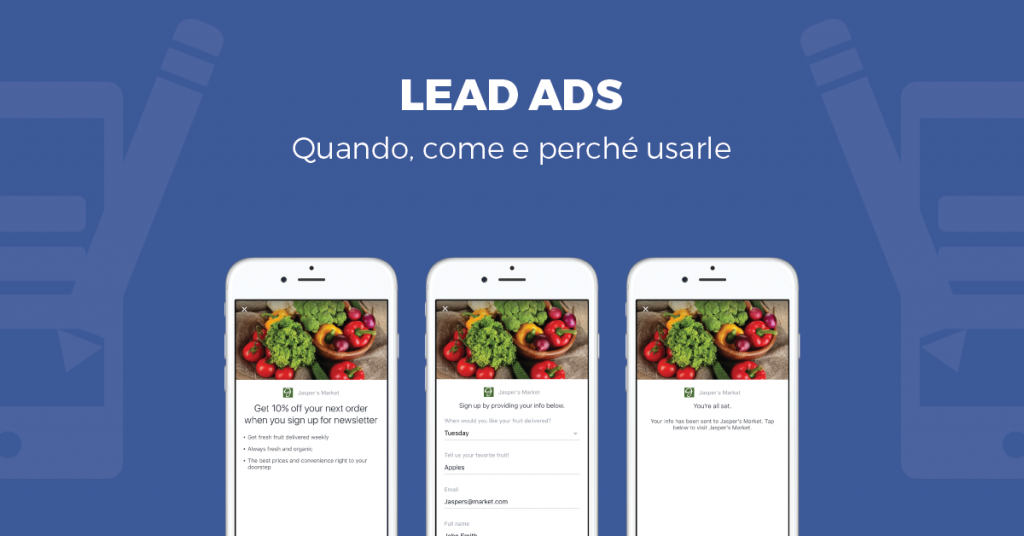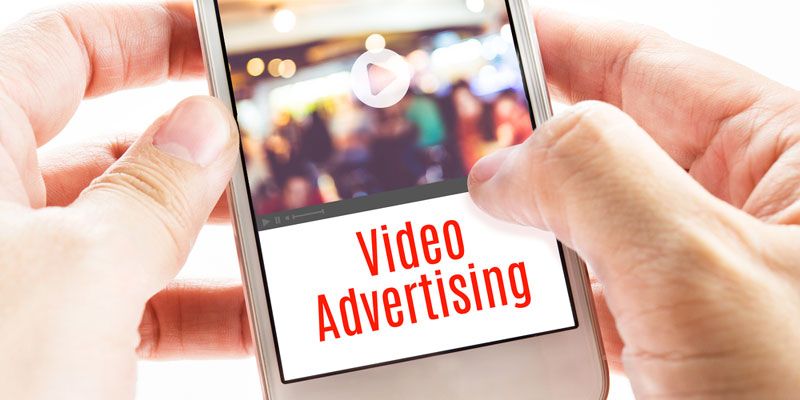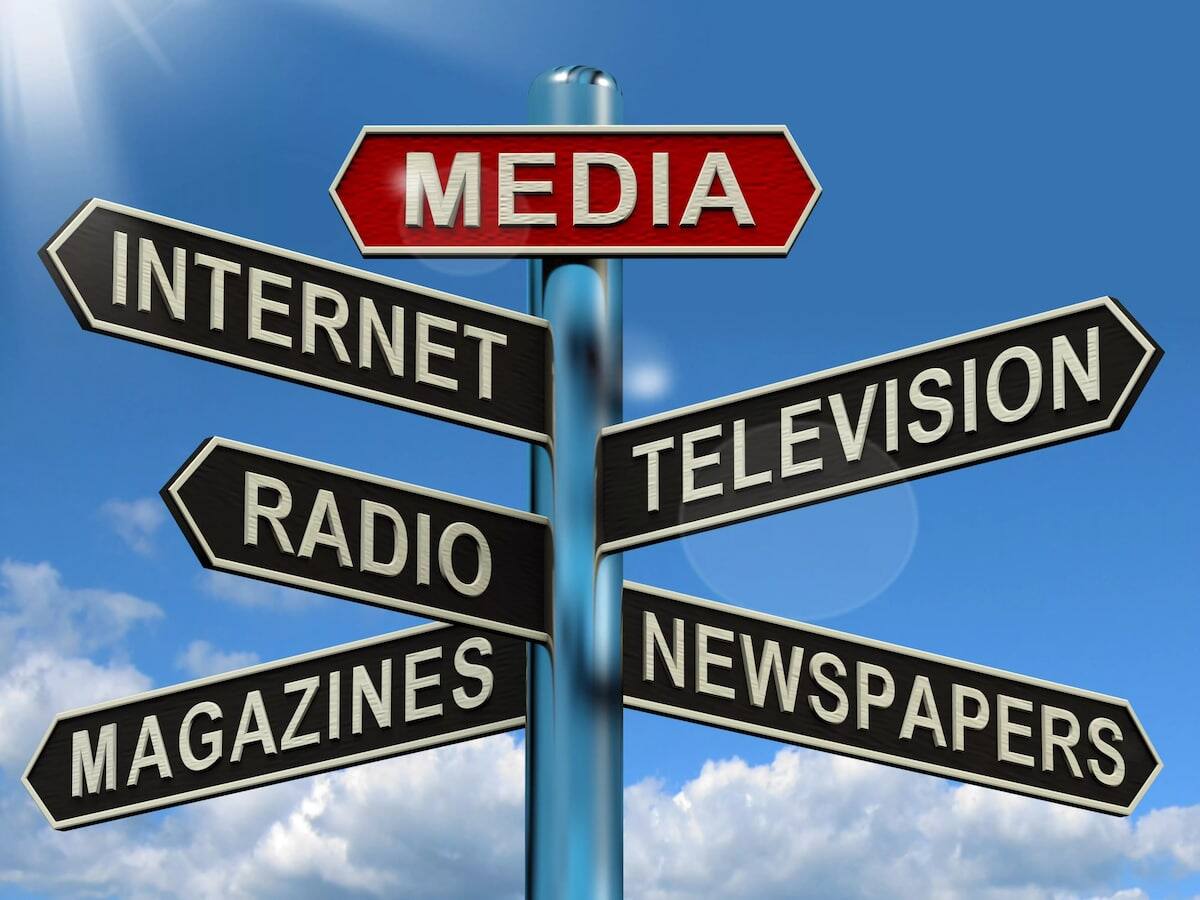
Omnichannel commerce is the future of B2C commerce. Nowadays, a client uses six touchpoints in comparison to just two a decade and a half ago. Companies employing cross-touchpoint interaction saw reduced cost per contact and triple annual income.
A customer should spend more when there are more channels available. In numbers, a customer pays 9% more when there are four or more channels throughout their customer journey. However, 87 percent of customers say the brand should put more effort into offering a seamless experience.
But only 45% of brands have a strategy. Brand owners must embrace digital commerce to prepare for the future. The customer should be delivered a seamless and all-encompassing experience both offline and online. Overall, omnichannel customer involvement is a multichannel approach that offers a seamless experience.
- The client is valuable
- Improve omnichannel customer engagement
- Conclusion
The client is valuable
Brands having an omnichannel presence keep 89 percent of their customers, whereas those without do not. Because it matches with customer preferences, omnichannel interaction has a high ROI.
A single transaction experience blurs the lines between social, physical, and local channels. Omnichannel is a marketing and sales pool that draws customers in. This data, when viewed in the perspective of modern marketing, highlights the need for marketers to stand apart.
Because 98 percent of Americans switch devices daily and 57 percent are eager to provide personal data for personalized brand encounters, omnichannel methods are preferred. To meet client expectations, B2C marketers must prioritize personalised marketing across numerous communication channels. Since these are realities, let us move on to the practical.
Improve omnichannel customer engagement
Marketers must pay attention to details and generate opportunities as the customer experience evolves. A valuable service must be offered at some point in the customer journey. To promote a product on your website or app, you might include a scanning code in your brochure or magazine.
You can also use augmented reality to “try before you buy”. Using digital technologies in the purchasing process allows for focused customer satisfaction tracking. As a result, 86% of customers will pay more for the experience. It’s one thing to read about consumer engagement, but another to see it in action.
In this post, we’ll look at some tried-and-true tactics:
-
Personalize the experience
Doctor on Demand provides tailored telemedicine care. Virgin Atlantic uses omnichannel marketing. In fact, one of the most remarkable examples of staff and channels flawlessly working together was experienced by a client named Robert. Dan, a representative, got it.
In spite of his limitations, he used multiple firm marketing channels to provide Robert with a tailored experience. He even encouraged the client to contact him immediately if any further concerns arose. Adding a human touch to customer service is beneficial.
-
Enrich the experience
New help portals are being constructed. Talkspace is a brand that makes treatment affordable. Bank of America has put a lot of effort on omnichannel. It has set the industry standard for dynamic experiences, allowing desktop and mobile apps to manage anything from appointment booking to check deposits.
A long way to go with sophisticated financial demands. The company’s devotion to omnichannel experience guarantees that basic tasks are hassle-free. Explore omnichannel involvement in digital banking.
-
Keep a head start
The Starbucks rewards app provides one of the best omnichannel experiences. The software gives the client free incentives after every transaction. Also, the card can be reloaded via website, phone, or app. Changes to your profile or card are instantly updated across all channels. You can even recharge the card in the store and it will update the balance when swiped..
-
Your channels should sync
In-store purchases, 82 percent of customers examine their smartphones. It’s annoying when your app or website suggests a product is in stock when it isn’t. So make your retail channels work together instantly for powerful multichannel marketing. REI does this via its various retail outlets.
The company’s omnichannel approach aims to provide correct product information every time. Internal communication like this keeps customers happy and returning.
-
Make things simple for clients
A customer who orders food online for takeout expects it to be ready when he arrives at the restaurant. But many culinary apps don’t supply this. However, Chipotle offers a mobile app and an online ordering system that allows customers to order from anywhere.
The software also saves popular orders and requests for the full crew, ready for pickup. Omnichannel and user-friendly tools make clients’ lives easier.
Various medtech businesses are also gaining popularity by designing user-friendly platforms.
-
Know your target market
Understanding the target population and leveraging effective communication methods is Orvis’ winning omnichannel strategy. The organization leverages first-party data to learn about wealthy consumers’ interests in modern e-commerce platforms. Orvis provides tablets with e-commerce and CRM features. In-store and online purchases can be tracked. Representatives can use the tablet to help clients.
This not only benefits the customer but also the Orvis marketing team. Employees can then recognize loyal customers and make a special offer.
-
Merge in-store and online experience
The beauty behemoth Sephora creates an omnichannel experience that integrates in-store and online transactions. Customers can search for products and virtually try them on. They can use the app to buy or wish list products. Free makeovers and beauty courses are available in-store.
Sephora recognizes that customers have options. In-store communication and a beauty bag feature help clients narrow down their alternatives. Customers can keep track of items they want to buy.
-
Go digital
Topshop, a British fashion business, launched digital billboards across the UK to promote London Fashion Week. The billboards featured pertinent trending products from the company’s inventory.
-
Build an immersive experience
Pepperfry, an Indian home furnishing brand, produced a great consumer experience by combining physical and online shopping. Design advisors assist buyers locate perfect home décor. The customer can buy furniture in-store or online, easing the pressure of a quick purchase.
-
Pay attention to the details
Disney’s stunning, mobile-responsive site offers the perfect omnichannel experience. Their trip planning service allows you to customize your theme park visit. The app allows you to find attractions in the park and their wait times.
With the release of the magic brand program, the company has made another step ahead. It’s an omnichannel experience with fast pass.
-
Make customer journey special
Benefit Cosmetics’ omnichannel campaign with the brow bar was remarkable. In the UK, winners received brow bars, product samples, and eyebrow waxes.
They were conveniently accessible and Instagrammable! This increased market share for brow cosmetics by 60%.
Conclusion
There are several ways to achieve client engagement. To sum up, “think omnichannel.” Put yourself in the customer’s shoes and deliver. Omnichannel purchasing means delivering consistent, contextual, and distinctive experiences across channels such as marketplaces, social networks, and websites.
Focus on customers instead of things and change your offers to meet them both offline and online. Remember to convert customers into buyers across all channels to prevent losing them.
It will help you choose your engagement technique and acquire insight into omnichannel retail marketing.






/mail-860524646-5af1dd98a9d4f90037482526.jpg)


